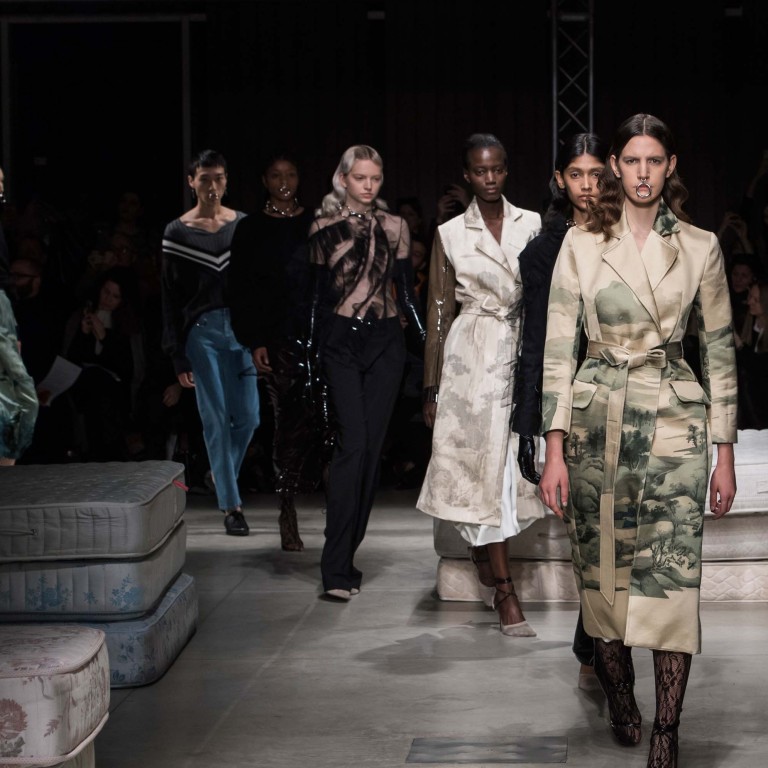
Not just Gucci, Versace, Prada: the multicultural, millennial designers making a name in populist Italy
- Luca Lin and Galib Gassanoff of Act N°1 are breathing new life into the Italian fashion industry with fresh looks and progressive thinking
- Luxury Italian brands trying to make amends for their racist faux pas in recent times should definitely pay attention to this rising pair
Luca Lin and Galib Gassanoff are an anomaly on Milan’s homogeneous fashion scene. The two twenty-somethings are the founders of Act N°1, a three-year-old fashion label that’s a breath of fresh air in Italy’s staid fashion industry, which is dominated by powerhouses such as Gucci, Prada and Versace.
Lin and Gassanoff, as their surnames suggest, have multicultural backgrounds: Lin was born in Italy but his parents hail from Wenzhou, China; Gassanoff is from Azerbaijan and moved to Italy to study fashion, although he was raised in Georgia, where his family still lives.
From Gucci to Dolce & Gabbana: is fashion industry cutting edge or just racist?
The designers met at fashion school in Milan and, after working for various brands in the city and other parts of Italy, took the brave step of setting up their own label, whose name derives from the idea that this is their first act in their fledgling career.
Using family funds, the pair established the company in the town of Reggio Emilia, in Italy’s north, to stay close to garment factories located there, and ran the business as a two-man show before setting up a proper design studio in Milan six months ago.
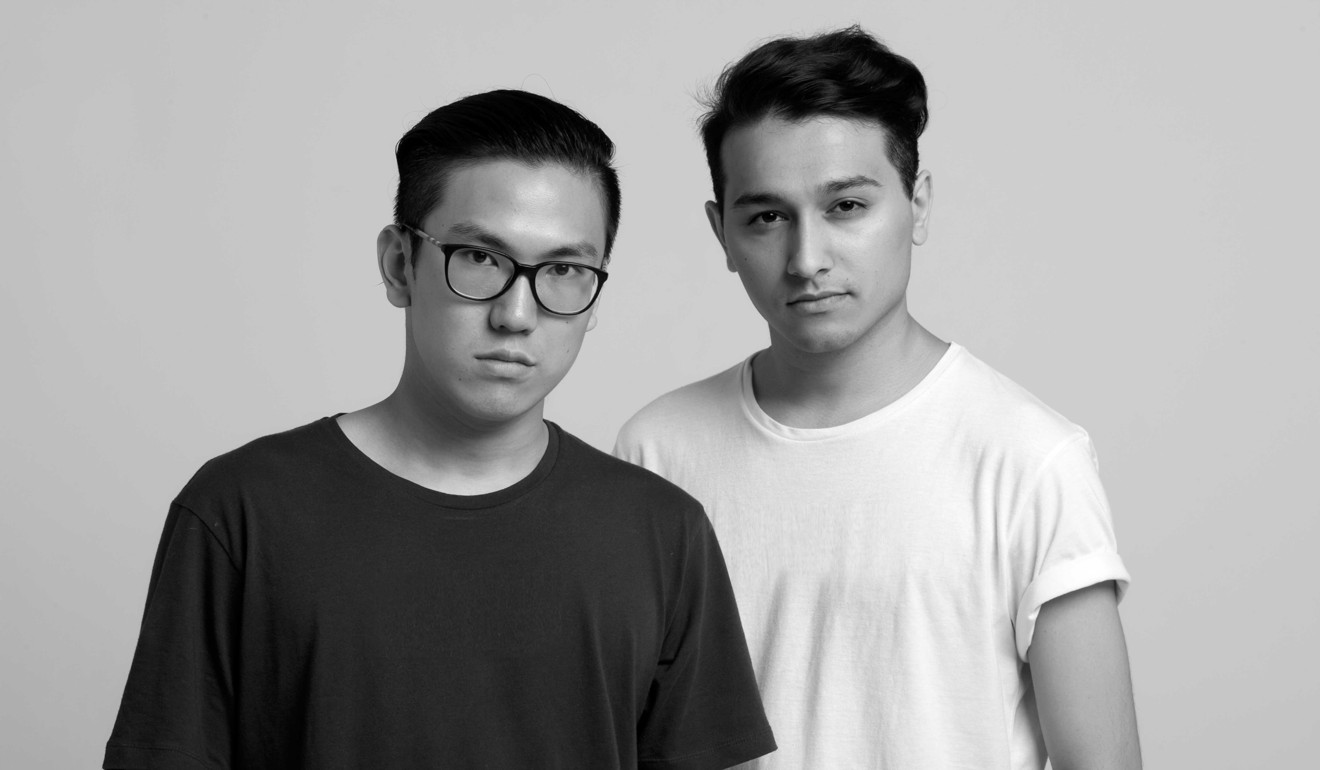
Unlike fashion capitals such as London or Paris, where up-and-coming labels abound, Milan has never been a hotbed for young talent, but this didn’t deter Lin and Gassanoff from establishing their label there.
“When we were working for all these brands, we were working very hard and all our time was devoted to them, so we thought that we could just spend our time focusing on our own project,” says a soft-spoken Gassanoff, the day after their autumn-winter 2019 show during Milan Fashion Week. “We work very hard and always believed in this from day one.”
Lin, the more talkative of the two, echoes that sentiment. “We always wanted to do our own thing because we had a similar aesthetic and taste,” he says. “We liked that we had a similar background and wanted to tell this story and this to be part of our brand.”
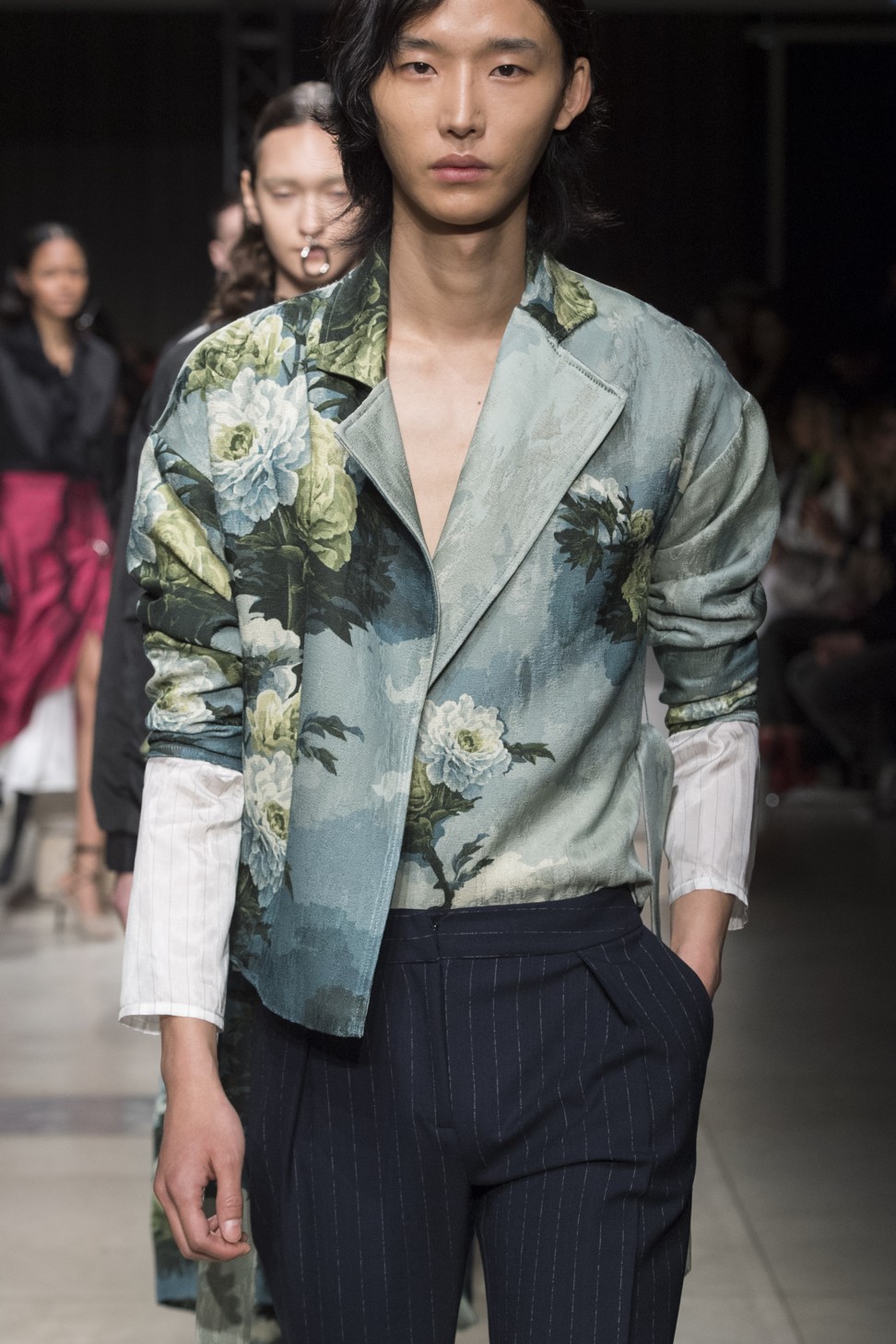
The story Lin is referring to is their multicultural upbringing, which has become a key element of Act N°1. “The aesthetic of the brand is based on our origins and backgrounds,” explains Gassanoff.
Multiculturalism is a hot-button issue right now. Amid spreading populism and rising anti-immigration sentiment in Italy and beyond, Lin and Gassanoff are outliers in the monolithic environment of Milan fashion and are proud of bringing diversity to an industry that badly needs some.
While Lin and Gassanoff won’t comment on the behaviour of any brand in particular, they’re at pains to emphasise that their embrace of diversity and equality is at the heart of their company and that they’re not just pandering to what often feels like a belated wave of inclusivity in the industry.
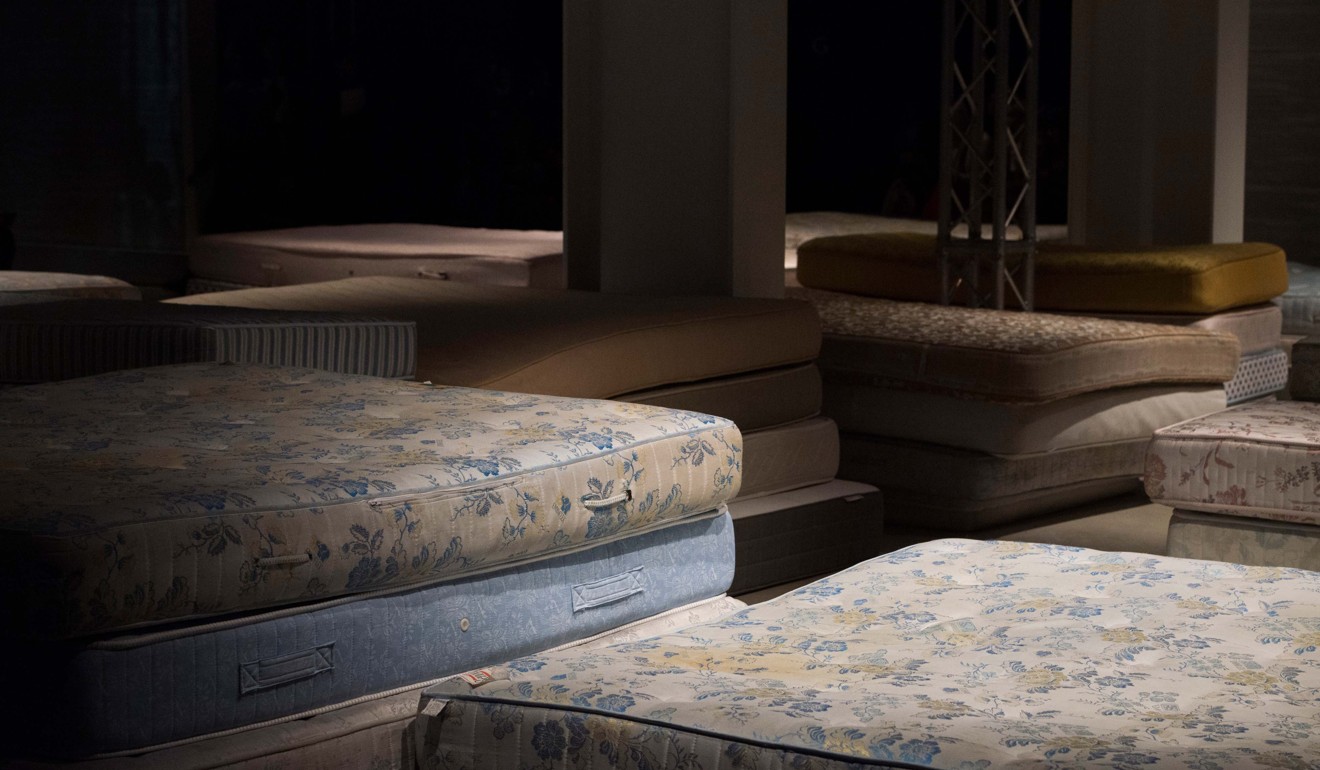
“Diversity and multiculturalism are part of who we are. We were always very clear about that,” says Lin. “From when we started the brand … we always used models of all backgrounds because it’s part of our DNA.”
This global outlook is reflected throughout their collection, a line-up of polished separates such as midi skirts, trench coats and slouchy sweaters for both men and women, some of them in jacquard fabrics printed with Chinese landscapes, a nod to Lin’s roots.
“I’ve always been influenced by my parents’ passion for Chinese antiques. They’re collectors of Chinese art like paintings, furniture, scrolls … So we used those elements in our show this season,” says Lin.
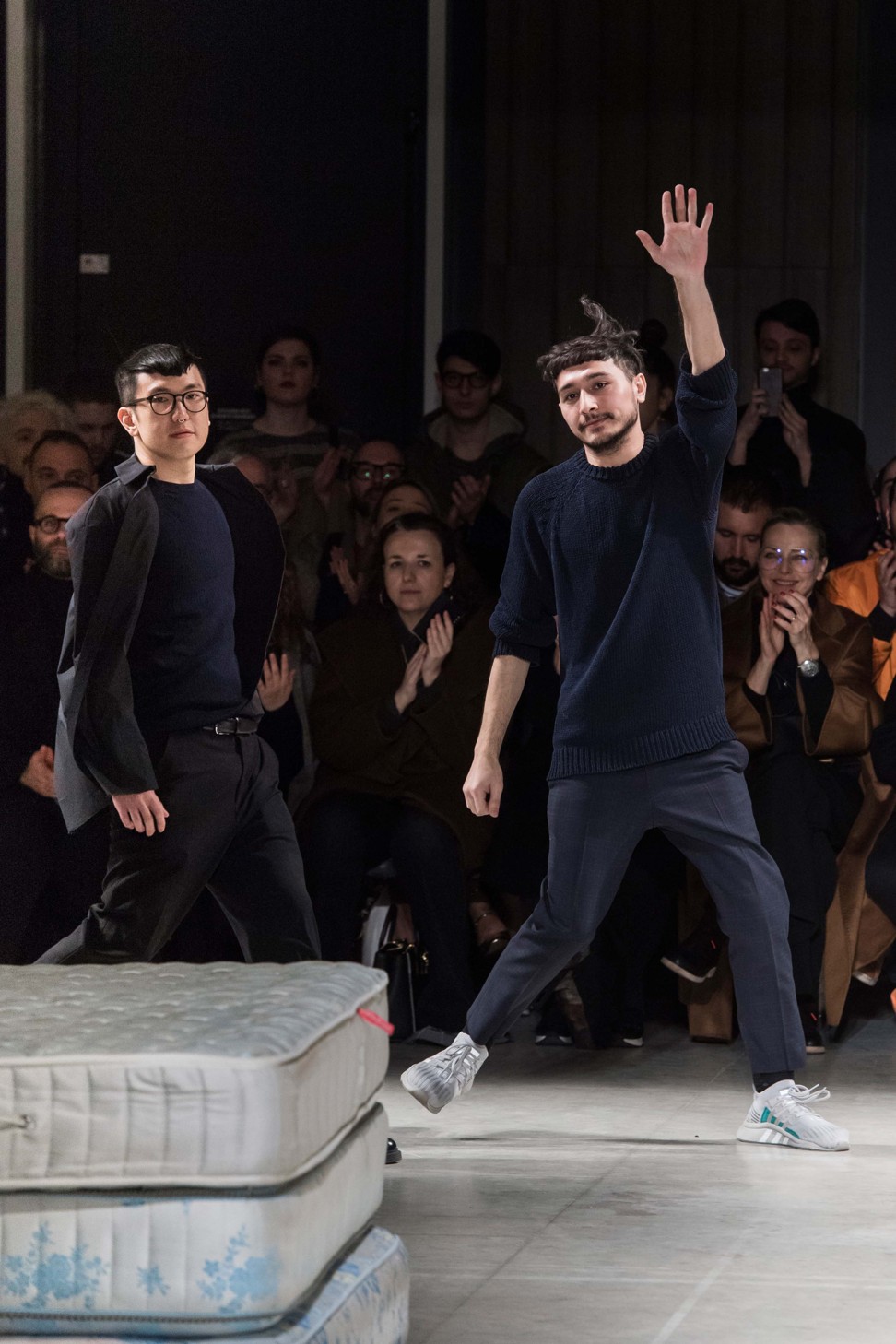
The two explain that they always start from wardrobe staples such as a tailored jacket and a pencil skirt and then keep reworking them on mannequins, without being defined by the constricts of womenswear or menswear; many of their clothes are unisex.
Prada creates diversity council after blackface outrage
The brand has grown fast, and has more than 60 stockists around the world, including I.T in Hong Kong, Selfridges in London and Luisa Via Roma online. In 2017, they won Vogue Italia’s Who Is On Next? contest for young designers, which led to significant media attention.
In spite of their outsider status, they have so far found Milan welcoming, especially its fashion industry, where they’ve been embraced with open arms. “We have a lot of friends from around the world here in Milan and that inspires us a lot,” says Lin.

The news coming from Italy, the UK and other European countries where populism runs rampant may be disheartening right now, but Lin and Gassanoff’s success story is a beacon of hope at a time when new perspectives are more vital than ever.
Those big-name brands trying to make amends for their faux pas with diversity councils and inclusivity initiatives should definitely pay attention to these two rising members of the global fashion community.

